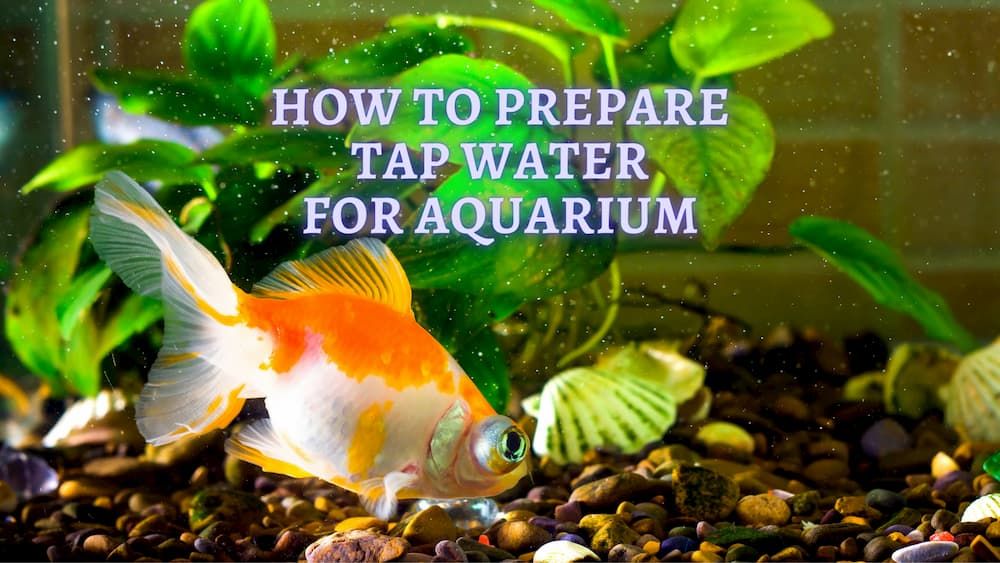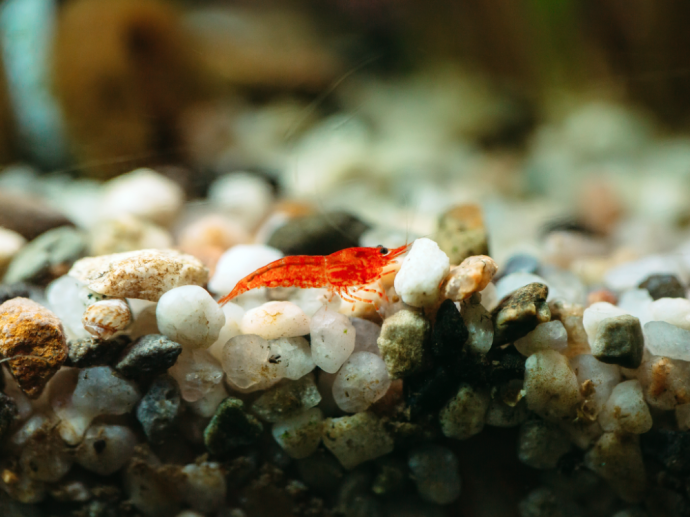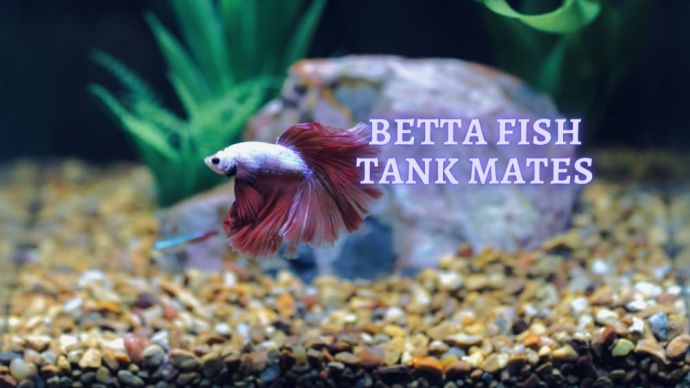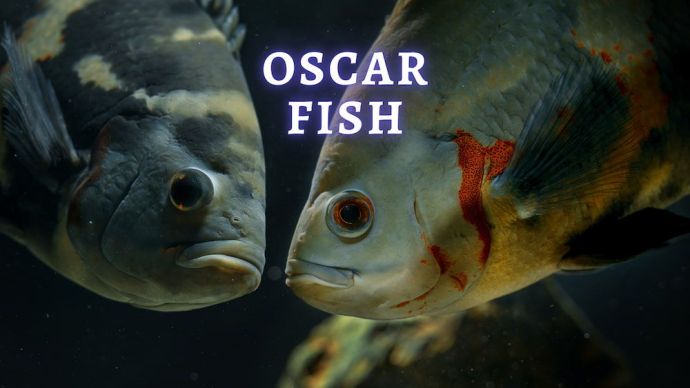How to Make Tap Water Safe for Fish?
Written by:
Author: Alina Andreeva
Alina A. is a professional writer, editor, and pet-lover. She has published over 50 articles on how to care for pets properly. Alina has been writing articles for 3 years, so she has considerable experience in this niche. Her natural curiosity helps her to expand her knowledge and learn new pet care life hacks, which will make your life much easier.
View all 79 articlesLearn about our editorial process and veterinary review board.
Viewed: 313
Updated on: 02/14/2023
To make tap water safe for your aquarium inhabitants, you must carefully prepare it. It is a very demanding job, which you should take very seriously. After all, using ordinary running water without preliminary preparation can lead to highly negative consequences. Let’s dwell on this issue in more detail.
Why do you need to Settle Water?
The main reason for this is contaminants that can harm your aquarium inhabitants. If there are any solid particles, they will settle out. Initially, clear H2O may become cloudy over time.
Many aquarists leave the H2O to “breathe” for several days and for all the harmful suspensions to evaporate – for a week. This assumption is partially correct, but it cannot guarantee H2O quality.
By keeping tap H2O out of the pipeline, we try to improve its characteristics not to harm our fish. In other words, when settling water, we eliminate most of the harmful components.
Harmful substances can be divided into:
- Solid
- Gaseous
- Liquid
The settling process can only affect solid and gaseous mixtures, and it does not affect liquid substances in any way.
READ MORE: TOP-6 Mistakes Beginners Make in Caring for their Fish
How Long Does It Take to Settle Water For an Aquarium?
To finally eliminate all the harmful substances in the water, you should settle it for 1-2 weeks. It is better to use a large bucket or basin for settling H2O. Also, when buying a new aquarium, you should leave the H2O to settle in it and drain it at least once. At the same time, you can check if the aquarium is leaking. Some pet stores sell special preparations that neutralize chemical compounds in H2O. But experts recommend paying attention to settling water, even using these drugs.
How to Prepare Water?
Freshly collected tap water is not suitable for aquarium inhabitants. Reptiles, fish, amphibians, and snails can adapt to it, provided it will settle for several days.
Fresh, domestic tap H2O will kill animals since chlorine compounds are toxic to small creatures and sensitive organisms. On certain days, tap water contains different amounts of volatile substances; for testing, experts recommend turning on the shower and observing the steam and the presence of the chlorine smell. If the odor is pungent, you shouldn’t take H2O on that day.
Regardless of the season, weather, and air temperature, tap H2O will be different. Be observant if you want to place animals in clean water. Settled tap water is suitable for many pets and plants and has an acceptable acidity level: pH 7.0.
This forms an active reaction, creating an alkaline and acidic aqueous environment. You can use litmus paper sold in pet stores to determine this reaction. It would help if you did not settle H2O in plastic containers; using glass jars with an open lid is better. The main thing is that dust and insects do not get into the prepared water during this period.
You can use baking soda to raise the pH as needed, and Peat is recommended to lower the pH. Sometimes before starting a new aquarium, samples of trees are placed in the H2O to reduce the acidity level. You can fill an aquarium not only with tap H2O but also with distilled water, which is sold in pharmacies.
Small aquariums can be filled with it, but experienced breeders warn that such H2O is low in mineral components necessary for animals. Some aquarists use the liquid from another aquarium in which there is a stable biological balance for a normal life [1] [2].
READ MORE: Aquarium Maintenance Mistakes to Avoid
What are pH and Water Hardness?
pH is power of hydrogen in an acidic environment. A pH of 7 is considered neutral, as it is more favorable for most aquarium inhabitants. When it is less than 7, the water is alkaline. To quickly determine the H2O’s pH, it is necessary to purchase litmus paper with a color table or specialized aquarium tests.
The second parameter of H2O is hardness. It is divided into temporary and permanent. [4] Water hardness can also affect the inhabitants of the aquarium.
To avoid unpleasant consequences, you should also check the aquarium H2O for permanent and temporary hardness. It is measured in degrees and is calculated by adding temporary and permanent hardness.
When a certain type of fish needs to spawn, for example, neons, eggs of which can survive only in very soft water, use H2O with low hardness. However, for most aquarium fish species, H2O with a hardness content of less than 5 is not suitable for life and reproduction. Simultaneously, too high water hardness, such as 25 degrees and higher, is also detrimental to most aquarium species. There are, of course, exceptions.[3]
READ MORE: How to lower pH in aquarium vs How to raise pH in a Saltwater aquarium
The norm is considered a hardness of 5 to 25 degrees, which is favorable for the vast majority of different aquarium fish species.
Aquarists who don’t want to bother with different measurements can pick up certain types of fish that feel great in ordinary tap water.
How to Prepare Water with Acceptable Hardness?
- You can reduce the hardness by filtering and settling out. Some aquarists add distilled, melt, or rainwater to the settled tap water. Plants such as hornwort and elodea also reduce hardness. One more way is freezing: collect tap H2O, freeze it, thaw, settle out and pour into the tank.
- You can increase the aquarium water’s hardness by adding rapini, pieces of chalk or limestone, coral chips to it. Experts recommend boiling coral chips (2 hours) to mitigate and prevent parasites. Only after all the procedures you can place it into the tank.
- It is better to add fish in a day or two until the H2O acquires the necessary parameters. The water temperature in which the purchased fish, animals, and plants used to live should be identical to the aquarium one. Do not neglect the recommendations so that pets could live in a healthy and safe environment because if kept in poor-quality H2O, they can suffer.
READ MORE: How to Set Up a Small Saltwater Tank
The Bottom Line
If you want to set up a fish tank, you need to consider the source of H2O to fill the aquarium. Many people decide to use ordinary tap water, which is fine in the majority of cases. However, it would help if you remembered that tap water contains chloramines and chlorides, and they can be toxic to your pet fish. So take time to keep the H2O clean and safe for your fish.
Article Sources:
- “What Is Wrong with My Water? – FishScience.”FishScience, 19 June 2019, fishscience.co.uk/faq/what-is-wrong-with-my-water/ .
- I Use Municipal Tap Water in My Aquarium. What Do I Need to Know? users.cs.duke.edu/~narten/faq/water-treatment.html.
- Beginner: Water Chemistry. users.cs.duke.edu/~narten/faq/chemistry.html.
- “Hard Water at Home.” Alexandria VA Real Estate yourathometeam.com/hard-water-guide/
 Freshwater Fish The Best Freshwater Aquarium Fish: TOP-15 Freshwater Fish for Fish Tanks
Freshwater Fish The Best Freshwater Aquarium Fish: TOP-15 Freshwater Fish for Fish Tanks - 232
- 0
 Freshwater Fish 15 Best Fish for Outdoor Ponds: Best and Easiest to Take Care Of
Freshwater Fish 15 Best Fish for Outdoor Ponds: Best and Easiest to Take Care Of - 108
- 0
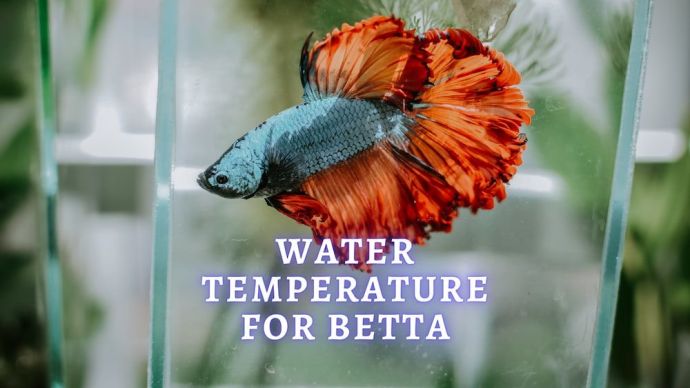 Freshwater Fish Betta Fish Temperatures: Guide To The Perfect Betta Fish Water Temperature
Freshwater Fish Betta Fish Temperatures: Guide To The Perfect Betta Fish Water Temperature - 253
- 0









